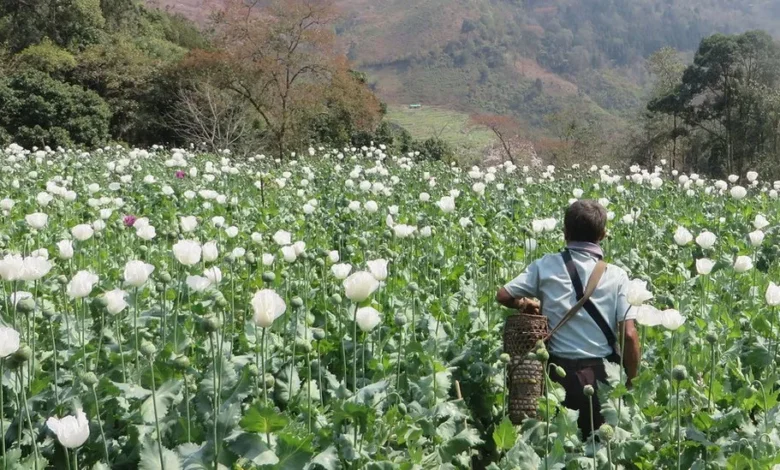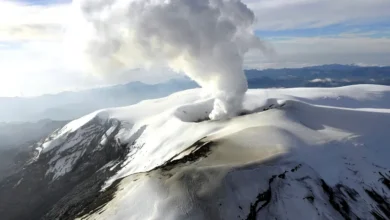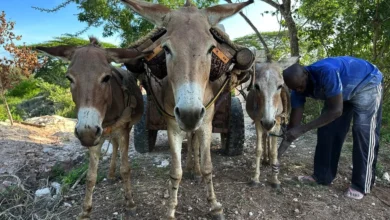Myanmar overtakes Afghanistan as top opium producer

Myanmar is now the world’s largest producer of opium, overtaking Afghanistan, a UN report says.
Its opium production this year is estimated to rise by 36% to 1,080 tonnes, far ahead of the 330 tonnes Afghanistan reportedly produced.
Poppy cultivation in Afghanistan dropped by 95% after a drug ban by the ruling Taliban last year.
Meanwhile, cultivation has expanded in Myanmar, where a brutal civil war, has made it a lucrative source of income.
“The economic, security and governance disruptions that followed the military takeover of February 2021 continue to drive farmers in remote areas towards opium to make a living,” says Jeremy Douglas, regional representative of the United Nations Office for Drugs and Crime (UNODC), which authored the report.
Opium, the key ingredient for the hard drug heroin., has been cultivated in Myanmar for decades, where it has funded insurgent groups fighting the government.
But in the past year alone, as the civil war triggered by the 2021 coup raged on, cultivation has increased by an estimated 18% – it has also become “increasingly sophisticated”, the report says, and more productive, because of the use of densely organised plots, irrigation systems and sometimes fertilisers.
Rising prices for the crop have also drawn more people into growing it. The pandemic and the dire state of Myanmar’s economy has also made opium cultivation a more reliable and attractive form of employment. A dismal new report by the World Bank says it expects “little growth” in the country.
Shan State, which has seen fierce fighting between an alliance of three ethnic armed groups and the military, has always been Myanmar’s largest producer of opium. An escalation in the conflict in Shan has even brought down powerful mafia families whose wealth was built from gambling, scam centres and narcotics. But the insurgent groups still rely on the sale of opium to fund their operations.
Mr Douglas said that the intensification of the conflict in Shan and other border areas is only expected to lead to an increase in opium production.
The report also said that the areas for opium cultivation expanded most in the northern Shan State, followed by the states of Chin and Kachin, where insurgent groups are fighting the army.
Poor, remote and infertile, opium cultivation has long been an economic driver in Shan. Many locals who lost jobs in other parts of Myanmar have also been returning to to Shan, where they have found jobs growing opium.
Heroin production and trafficking is the most profitable activity in the opium economy – the report estimates that up to 154 tonnes of heroin has been exported this year from Myanmar, with a value of up to $2.2bn.
The region where the borders of Myanmar, Thailand and Laos meet – the so-called Golden Triangle – has historically been a major source of opium and heroin production. Myanmar and Afghanistan are the source of most of the heroin sold around the world.










